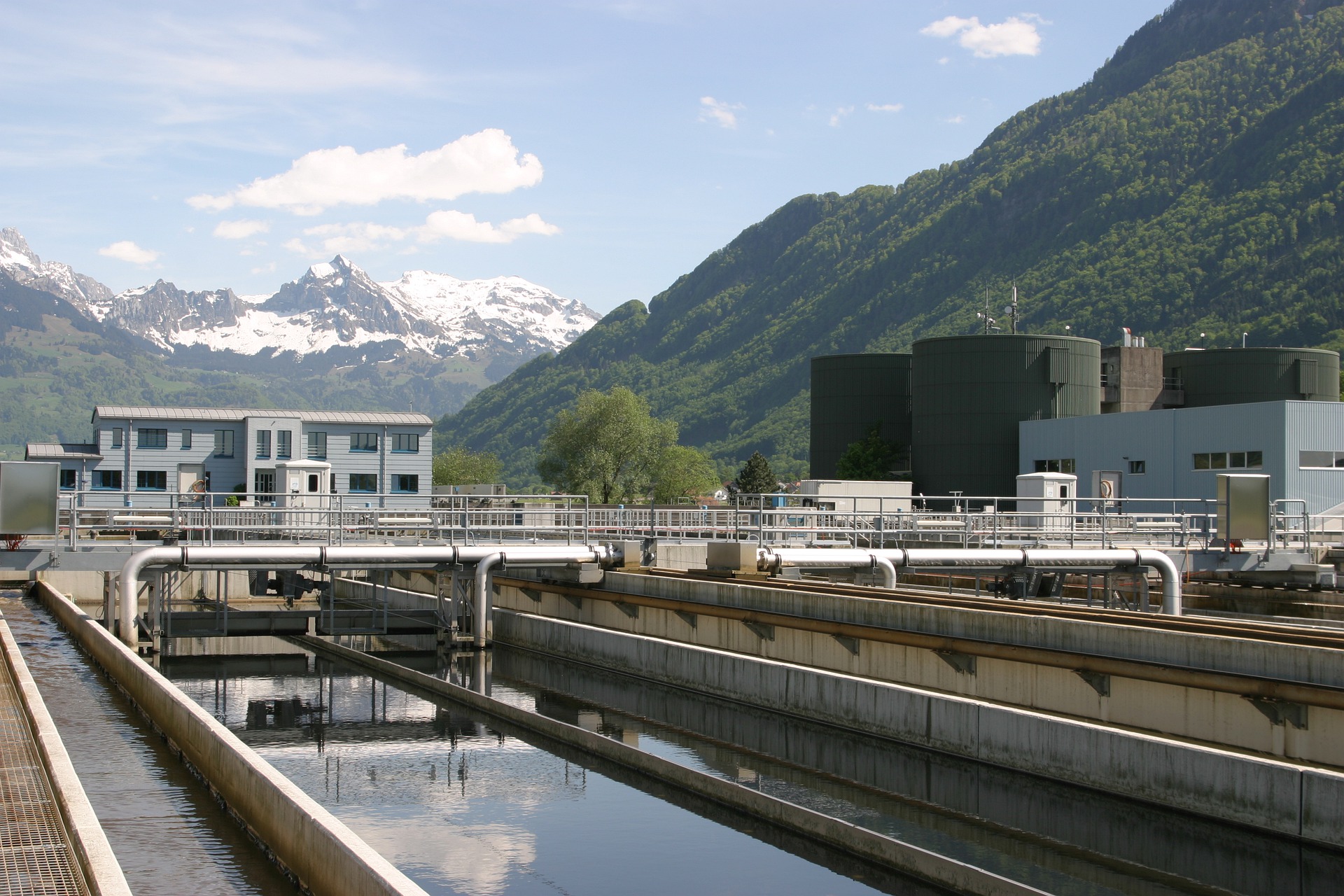
In some countries, clean water is considered a luxury. South Sudan and Ethiopia, for instance, lack complete access to drinking water and most of it comes from wells. Water from there can contain dangerous particles. A student team from the Swiss Federal Institute for Technology (ETH) in Zürich has developed a device that can solve this problem. It purifies water by harnessing solar power.


The team behind the device is made up of eight bachelor students who chose to pursue a focus project during their studies. They gave themselves the name SOWA. It “stands for solar water,” explains Giacomo Mastroddi, one of the team members. Seven students are studying mechanical engineering and one of them is doing electrical engineering. One of the main goals of SOWA was to learn and use technologies in a novel way. SOWA team’s project is still in prototype mode, but they continue to work on developing it further.
Hurdles faced by many
“In some countries, water is highly contaminated by pathogens. These are problematic ions such as iron and copper, and volatile organic compounds,” Muttoni explains, another student of the team. These particles make water unsuitable for drinking and medical purposes. Additionally, infants are more prone to suffer from unsafe water than adults are. More specifically, if they are bottle-fed, the dangerous particles in the water are disproportional to their body weight. This poses extreme health risks. “Our project is really based on people’s problems and by applying our learning experience, we are able to come up with something for them,” Mastroddi adds.
A working prototype
“Our device has four purification modules,” says Marco Muttoni. According to Muttoni, the water undergoes ultra-filtration, electrodialysis, filtration via activated carbon, and UV disinfection. First of all, ultra-filtration removes small particles like dirt and bacteria. Secondly, when electrodialysis is used, an electric field is applied to separate ions from the water. After that, the activated carbon filter disposes of volatile organic compounds. Lastly, the UV deactivates the viruses and tiny bacteria that may have survived.
The choice to use electrodialysis was made on the grounds of its efficiency. According to Muttoni, this way of removing particles is far more efficient in comparison to reverse osmosis – one of the other separation processes used for water purification.
In addition, the device is also automated, which means that it “is controlled by computers powered by solar panels,” explains Mastroddi. The main goal according to the two SOWA members was to create an autonomous compact device that could be used wherever it is needed.

On the way to success
While it may seem rather challenging to jump from the lecture hall to the laboratory and develop a device like this one, the result is clear. And it is a successful one at that. Nevertheless, the work process encountered obstacles just like any other project. The team had to overcome a number of challenges, but nevertheless succeeded in carrying out their project. The biggest challenge according to the two members was to understand and develop the electrodialysis module, which disposes of the ions. “Electrodialysis was not used that much in such a small system. We had to figure out how to use it and make it easy to explain how to use it too,” Mastroddi says.
The second challenge that the team had to overcome was getting used to working together. Not only could social interaction with each other be challenging but also understanding each other and making decisions. “This was the first time that we shifted from lectures where you study on your own, to a working group made up of people,” Mastroddi goes on to explain.
Last but not least, entering an empty lab and creating something with your own hands is not that easy either. That meant that SOWA had to coordinate and manage the different situations they faced.

Efforts rewarded
There is a lot to be proud of when you develop a device from scratch. “As soon as you enter the lab, you can see it. Whereas it was just an idea before,” notes Mastroddi. Seeing what you have worked on for so long is a worthy point in time for any scientist. But this is not the only thing that the team is happy about, there is more to it too.
“The thing that makes me really proud is that we designed the prototype based on the knowledge that we built up through reading. It also expresses our creativity,” adds Muttoni. “We started with electrodialysis which can also be used in other ways. And we tried to develop a system that makes use of this technology in a completely new way. It’s fantastic that we managed to do it.”
Where to?
Despite the successful efforts of the team, their future is still open for discussion. Questions such as ‘Are you planing to continue to work as a team? Are you planning to set up a start-up?’ cannot be answered straightaway. “We are still bachelor students,” Mastroddi notes. Currently, the prototype of the device belongs to the Separation Processes Laboratory at ETH Zürich and Professor Dr. Marco Mazzotti, who is the head of the laboratory and the original brain behind the project.
“To be honest, I’ve asked myself many times if this really is my vocation. Over the next few weeks, we have lots of presentations lined up with other professors and labs. I think we will figure it out from there,” concludes Muttoni.


